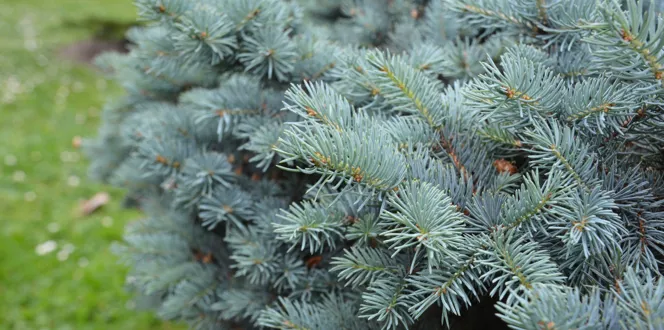When you think about mistletoe, you’re probably thinking about the holiday kisses that many seasonal movies feature under these white berry-laden branches.
But the mistletoe you might wait under while you long for that special smooch is just one of many species of mistletoe – some of which are native to the U.S. like the leafy American mistletoe and the leafless dwarf mistletoe. In fact, the U.S. and Canada have more than 30 species of mistletoe. And all mistletoes actually grow on trees as parasites. In fact, the American mistletoe’s scientific genus is “Phoradendron,” and it translates to “thief of the tree” in Greek. Mistletoe sure doesn’t sound as holiday friendly for trees anymore, does it?
But how bad is mistletoe for trees? Let’s dive deeper into what mistletoe looks like, where it grows, how mistletoe spreads, and tips for controlling mistletoe in trees.
What is Mistletoe?
Best known for its role in holiday festivities, mistletoe is actually a parasitic plant.
Does mistletoe look like what you might see on holiday decorations or in movies with familiar oval, green leaves and small, white berries? Not always, and it depends on the species. American mistletoe is an evergreen that grows in dense clusters or round balls of thick, leathery leaves.
Mistletoe is often confused with holly, which is another famous holiday decoration, you can tell them apart because holly is a shrub or tree that has larger, spiked leaves and red berries, while mistletoe grows as a parasite on trees and has small, round leaves and white berries.
Where Does Mistletoe Grow?
You can find American mistletoe anywhere from New Jersey to Florida and all the way west to California. It tends to grow best in USDA hardiness zones 5 to 9. Dwarf mistletoe is much smaller and is more common in central Canada and Alaska.
Mistletoe actually grows as a parasite on woody plants. This means when the seeds land on a host, they root within that tree and then steal its water and nutrients. American mistletoe is actually only semi-parasitic because the leaves do produce some food through photosynthesis. How bad is mistletoe for trees? The way mistletoe sneaks its way into the tree xylem, it literally siphons off what it needs from the plant. Trees might think of it as an unwanted holiday kiss.
What Trees Does Mistletoe Grow On?
American mistletoe can usually be found growing on oak trees, but you can also find it on other hardwood trees, such as maples, ashes, hawthorns, and poplars.
What causes mistletoe in trees? Many types of mistletoe depend on animals to transport their seeds; birds particularly are not only pollinators of mistletoe but also seed transporters. Some other animals like butterflies actually rely on mistletoe; in fact, at least one species of butterfly in the U.S. depend solely on mistletoe for survival. Animals like deer will even eat mistletoe in winter when other greenery is rare.
Other mistletoe seeds will explode from a fruit and disperse themselves.
Controlling Mistletoe in Trees
Mistletoe can weaken trees due to its parasitic nature to siphon water and nutrients from them.
While most trees can withstand mistletoe, stressed trees will be more susceptible to further decline.
In this case, you might be asking yourself, “Does mistletoe kill trees?” and “Should I remove mistletoe from my tree?” The answer here would depend on the state of your tree.
You may just want to remove mistletoe from stressed or weak trees versus all trees since it is part of the local ecosystem and does provide pollen and nesting sites for animals. To properly remove mistletoe, you must prune it out to the point where you remove any visible shoots and roots, which can be tough to see. Usually, the only way to successfully remove mistletoe is to prune out the entire infected branch. If you just remove mistletoe shoots from tree branches, the roots can regrow the plant. Dwarf mistletoe on conifers is much more harmful and can sometimes even kill the tree.







